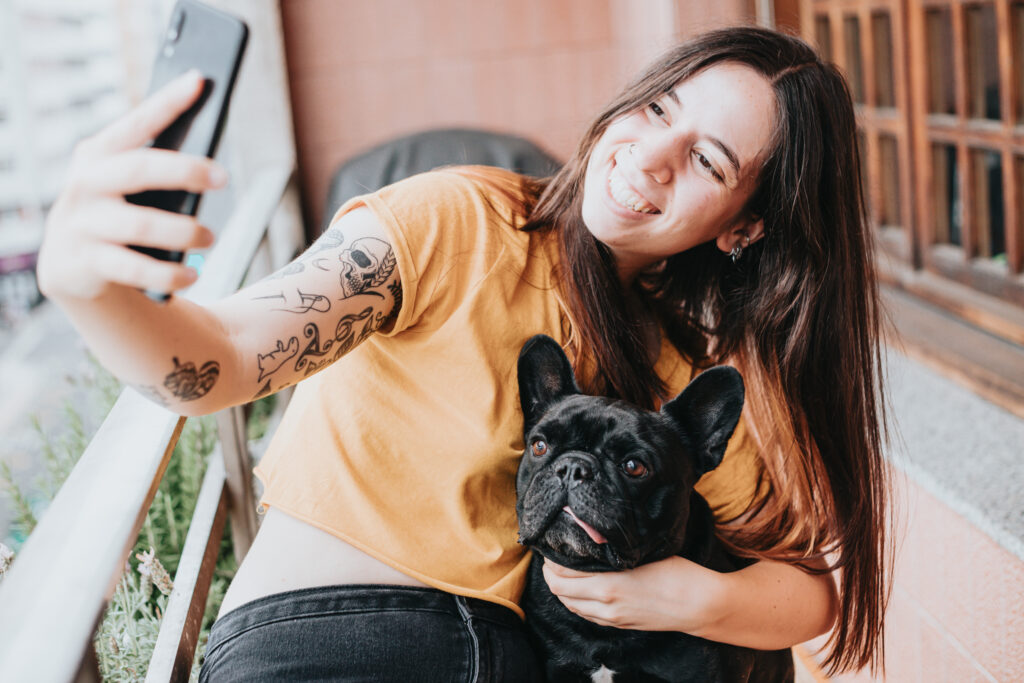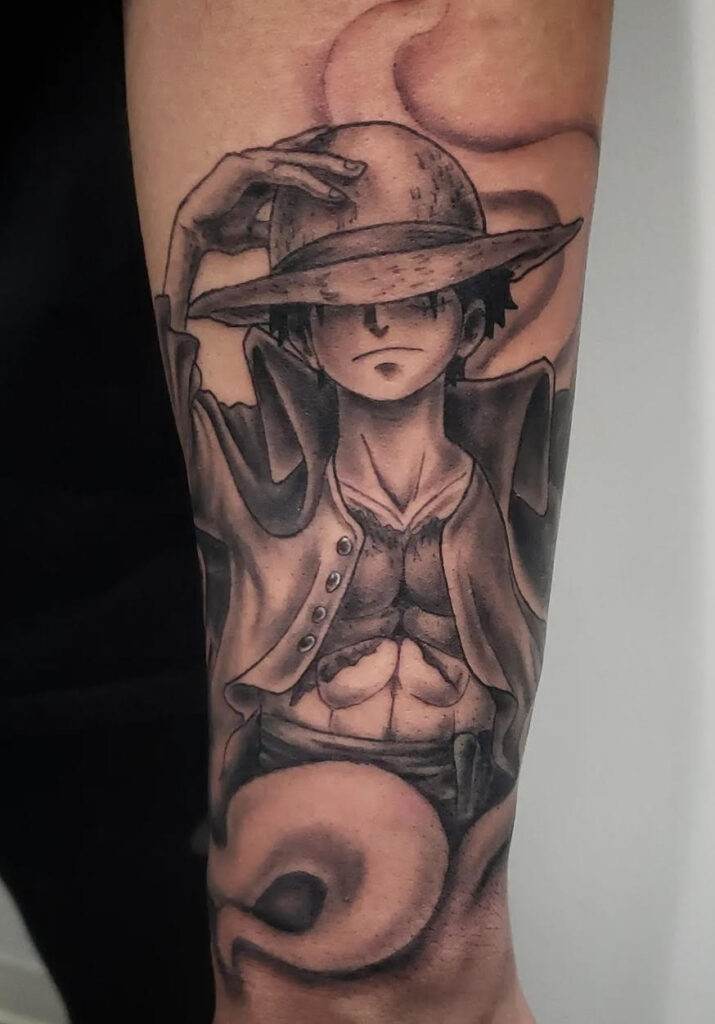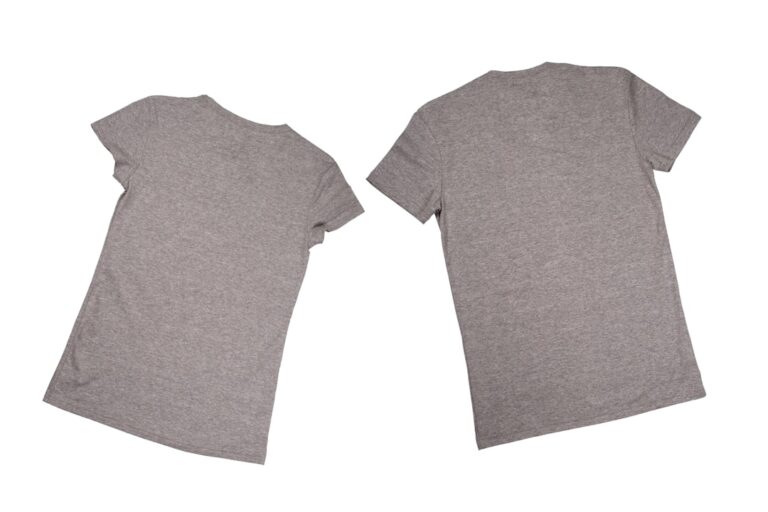Introduction
A custom tattoo is a deeply personal expression of art that allows you to turn a unique idea into a permanent masterpiece on your skin. Whether it’s a symbolic design, a meaningful quote, or an abstract concept, transforming an idea into a well-executed tattoo requires thoughtful planning and collaboration with a skilled artist. This process is exciting but can also be daunting for those new to the tattoo world.
In this article, we’ll walk you through the steps involved in turning your concept into a custom tattoo—from brainstorming ideas to walking out of the studio with ink that tells your story.
1. Finding Inspiration: Where to Start

Explore Your Motivations
Before diving into the design process, take time to explore why you want a tattoo and what message or emotion you want it to convey. Consider the following questions:
- What does this tattoo mean to you? Think about the significance behind the design you want. Is it a tribute to someone? A reflection of a personal journey?
- What style appeals to you? Do you lean toward minimalist designs, geometric patterns, traditional motifs, or intricate realism? Knowing your preferred style will help narrow down your design choices.
Gather Visual References
Start collecting images that resonate with you. These could be photos, artwork, or even nature and architectural elements that spark inspiration. While you don’t want to copy an existing tattoo, gathering reference materials will help convey your vision to the artist.
2. Collaborating with Your Tattoo Artist

Choose the Right Artist
Finding the right tattoo artist is crucial to bringing your idea to life. Artists specialize in different styles, from watercolor to blackwork, so it’s important to choose someone whose portfolio aligns with your vision. Do your research by:
- Browsing portfolios: Look at the artist’s previous work to see if their style suits your concept.
- Reading reviews: Pay attention to client feedback, especially regarding professionalism and how well the artist collaborates with clients.
- Consulting with the artist: Many tattoo artists offer consultation sessions where you can discuss your ideas and see if you’re a good fit.
Communicate Your Vision
Once you’ve chosen an artist, clear communication is key. Share your references, ideas, and expectations openly. Be prepared to answer questions like:
- Do you want the design in color or black and grey?
- Where on your body do you want the tattoo?
- What size are you envisioning?
Remember, your tattoo artist is an expert. They may suggest adjustments to improve the overall design or enhance the longevity of the tattoo. Trust their expertise while also making sure your personal vision remains intact.
3. Refining Your Design

Sketching and Feedback
After your initial consultation, the artist will likely provide a rough sketch based on your ideas. This stage is a collaborative process where you can offer feedback and make adjustments. Be open to tweaking elements such as:
- Placement and size: Sometimes resizing or repositioning the tattoo can make a big difference in how it complements your body.
- Detailing and shading: Small design elements, line thickness, or shading style can significantly alter the final look of the tattoo.
Balancing Creativity and Practicality
While it’s tempting to aim for a highly detailed or complex design, consider practical factors:
- Skin as a canvas: Not all intricate designs translate well on skin. Your artist may advise simplifying certain elements to ensure longevity.
- Tattoo aging: Tattoos evolve over time. Designs with too many small details might blur over the years, so your artist might recommend more defined, bolder elements.
4. The Importance of Placement

Choosing the Right Location
The placement of your tattoo is as important as the design itself. Different body parts have varying levels of exposure to the sun, movement, and skin thickness, which can affect how the tattoo ages. Here are some considerations:
- Visibility: Do you want your tattoo to be visible at all times or more hidden? Common visible spots include forearms, wrists, and ankles, while areas like the back or ribs offer more discretion.
- Pain level: Some areas of the body, such as ribs, hands, and feet, are more sensitive to pain due to the lack of muscle and fat. Discuss pain tolerance with your artist if you’re concerned about this aspect.
- Body contours: Certain designs work better on curved surfaces, while others are better suited for flatter areas. Your artist can help determine the best placement for your specific design.
5. The Tattoo Session: What to Expect

Preparing for Your Appointment
On the day of your tattoo session, arrive well-rested and hydrated. It’s also a good idea to eat beforehand, as the process can take several hours, depending on the size and complexity of your design. Other tips include:
- Wear comfortable, loose clothing: Choose clothes that allow easy access to the tattoo area without rubbing against the fresh ink afterward.
- Bring distractions: If you’re in for a long session, consider bringing a book, playlist, or podcast to keep yourself occupied.
The Tattoo Process
During the tattooing itself, the artist will first transfer the design onto your skin with a stencil. Once you’ve confirmed that the placement is correct, the tattooing begins. Depending on the size of the piece, the session could last from an hour to several hours. The artist may take breaks, and it’s important to communicate any discomfort you’re feeling throughout the process.
6. Aftercare: Protecting Your New Tattoo

Immediate Aftercare
Your artist will wrap the fresh tattoo to protect it from bacteria and irritation. Follow their instructions carefully, but general aftercare includes:
- Keep it clean: Gently wash the tattoo with mild soap and lukewarm water after removing the initial bandage.
- Moisturize: Apply a thin layer of fragrance-free lotion to keep the skin hydrated.
- Avoid sun and water exposure: Direct sunlight, swimming pools, and hot tubs should be avoided until your tattoo is fully healed.
Long-Term Maintenance
Once your tattoo has healed, it’s important to continue protecting it, especially from the sun. Use sunscreen regularly to prevent fading and keep the colors vibrant for years to come.
Conclusion
Turning your concept into a custom tattoo is a journey that involves inspiration, collaboration, and artistry. From the moment you first imagine your design to the day you proudly display it on your skin, the process is all about crafting a piece of art that represents your individuality. By taking the time to find the right artist, refining your design, and caring for your tattoo properly, you’ll ensure that your vision becomes a lasting part of your identity.






